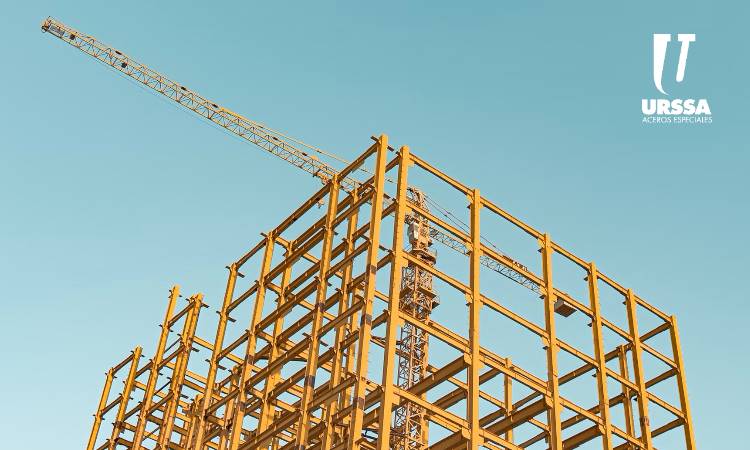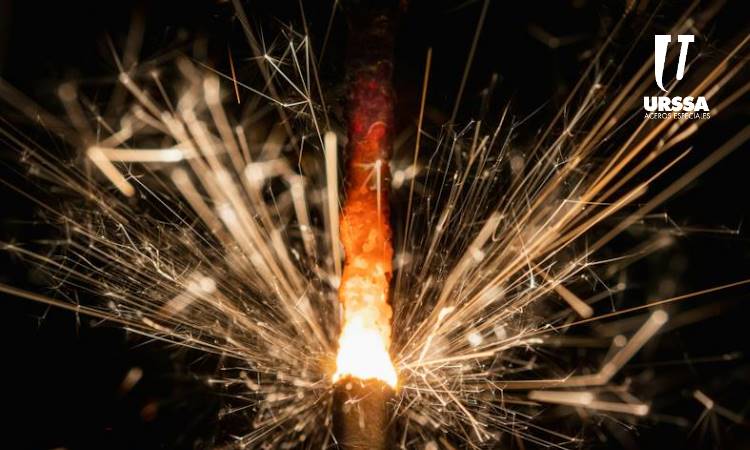Steel intensity
“Steel intensity” is a key concept in engineering and construction, which refers to the amount of steel used per unit area or volume in a specific project. This term is especially relevant in the context of material efficiency and sustainability in the construction of structures. Definition and Context Steel intensity can be defined as the […]
Steel welding
Steel welding is the process by which two pieces of steel are joined together by applying heat or pressure, or a combination of both, thus achieving a permanent joint. This procedure is essential in a wide variety of industries, including building construction, machinery manufacturing, the automotive industry, the naval industry, among others. History of Steel […]
Abrasion steel
Abrasion in steel is a physical phenomenon that results from the gradual wear of the metal surface due to friction with solid abrasive particles or rough surfaces. This process can occur in a wide variety of industrial and everyday situations, from handling bulk materials to moving heavy machinery over metal surfaces. Abrasion occurs when abrasive […]
Boron steels
The alloys of boron steels allow them a superior resistance after hardening by heat treatment. Boron is generally added to medium carbon alloy steels to improve their performance and that these reach a similar performance compared to those of high carbon content, and other alloy steels, which involve a higher cost. It is preferred to […]



